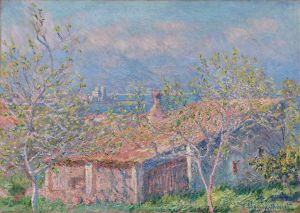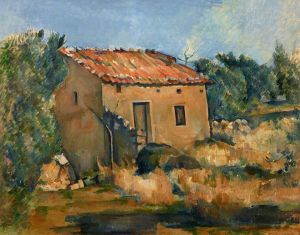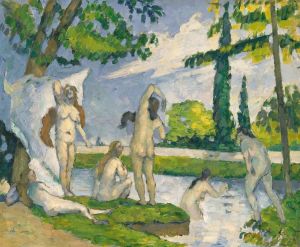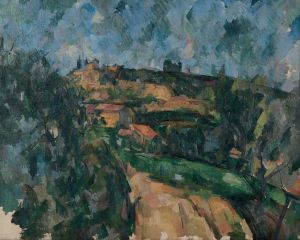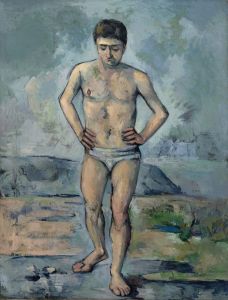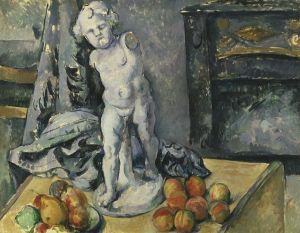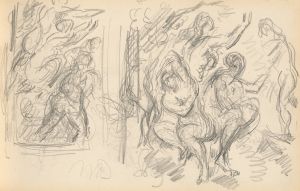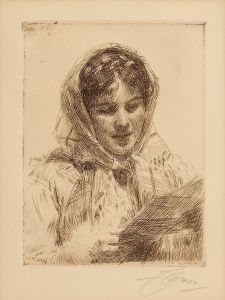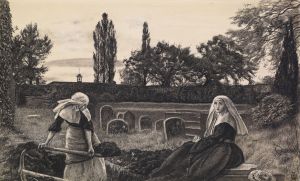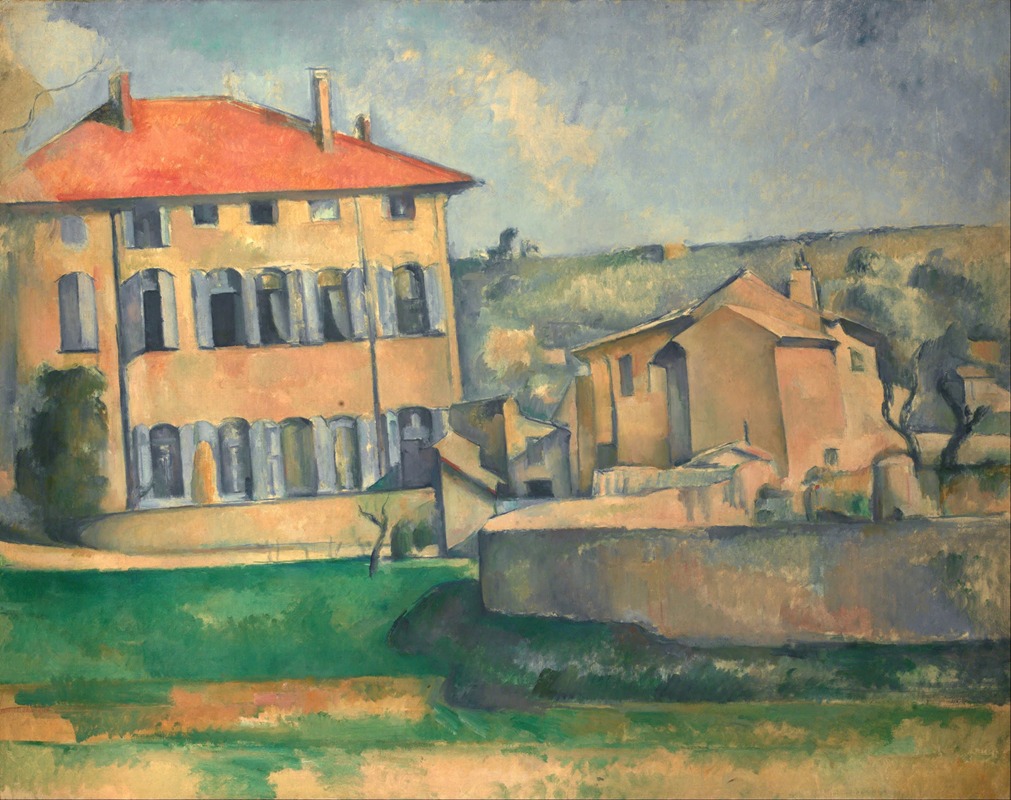
House in Aix
A hand-painted replica of Paul Cézanne’s masterpiece House in Aix, meticulously crafted by professional artists to capture the true essence of the original. Each piece is created with museum-quality canvas and rare mineral pigments, carefully painted by experienced artists with delicate brushstrokes and rich, layered colors to perfectly recreate the texture of the original artwork. Unlike machine-printed reproductions, this hand-painted version brings the painting to life, infused with the artist’s emotions and skill in every stroke. Whether for personal collection or home decoration, it instantly elevates the artistic atmosphere of any space.
Paul Cézanne's "House in Aix" is an exemplary work that showcases the artist's distinctive approach to landscape painting, which played a crucial role in the transition from 19th-century Impressionism to 20th-century Cubism. Although specific details about this particular painting are limited, Cézanne's broader body of work provides context for understanding its significance.
Cézanne was born in Aix-en-Provence, France, in 1839, and the region's landscapes profoundly influenced his artistic vision. Throughout his career, he frequently returned to Aix and its surrounding countryside, capturing its essence through his unique artistic lens. His works often depict the rural architecture and natural scenery of the area, characterized by a harmonious blend of geometric forms and vibrant colors.
"House in Aix" is believed to be one of these depictions, illustrating Cézanne's fascination with the interplay between man-made structures and the natural environment. His technique involved breaking down objects into basic geometric shapes, a method that laid the groundwork for the development of Cubism. This approach is evident in the way he rendered the house and its surroundings, using a series of planes and facets to convey depth and structure.
Cézanne's palette in "House in Aix" likely reflects his typical use of earthy tones and muted colors, which he employed to capture the unique light and atmosphere of Provence. His brushwork, characterized by short, repetitive strokes, adds texture and movement to the composition, inviting viewers to engage with the painting on a more intimate level.
The significance of "House in Aix" lies not only in its aesthetic qualities but also in its contribution to the evolution of modern art. Cézanne's innovative techniques challenged traditional perspectives and inspired a new generation of artists, including Pablo Picasso and Georges Braque, who would later develop Cubism. His emphasis on form and structure over mere representation marked a departure from the Impressionist focus on light and color, paving the way for more abstract and conceptual art forms.
Cézanne's work, including "House in Aix," is celebrated for its ability to convey the artist's deep connection to the landscape of his homeland. His paintings are not mere reproductions of the visible world but rather explorations of the underlying order and harmony within it. This philosophical approach to art-making has earned Cézanne a place as one of the most influential figures in the history of Western art.
While specific details about "House in Aix" may be scarce, the painting remains an important part of Cézanne's oeuvre, reflecting his enduring legacy and the profound impact of his artistic innovations. Through his work, Cézanne invites viewers to see the world through his eyes, offering a glimpse into the beauty and complexity of the natural world as seen through the lens of his unique artistic vision.






